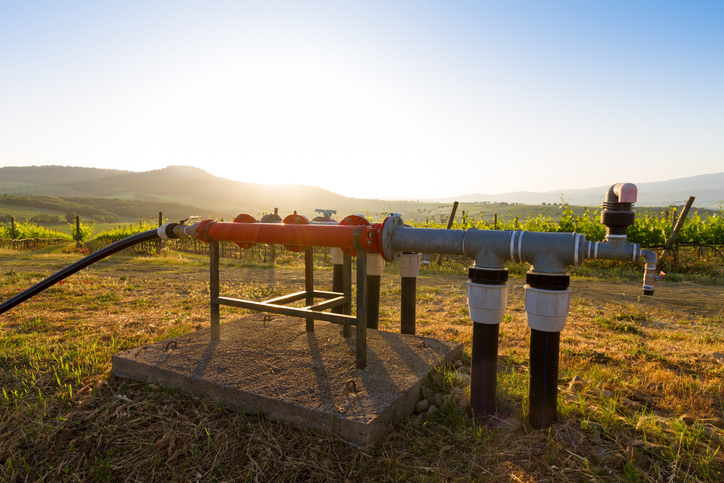Water is the lifeblood of any farm, and for many, wells are the primary source of this precious resource. However, the sustainability and efficiency of using well water depend largely on one critical practice: regular monitoring of your well’s water level. In this post, we’ll explain the value of monitoring well water levels, and we’ll explore why keeping an eye on your well’s water level is essential and how doing so can benefit your farm in both the short and long term.
Why Monitor Well Water Levels?
- Prevent Over-Extraction: Without monitoring, it’s easy to unintentionally over-extract water from your well, leading to a drop in the water table. This can cause your well to run dry temporarily, leaving your farm without water during critical periods. Long-term over-extraction can permanently reduce the well’s yield, making it a less reliable resource.
- Extend Well Lifespan: Monitoring helps you maintain sustainable water use practices. By keeping track of water levels, you can avoid depleting your well and reduce the risk of costly repairs or even the need for a new well. Regular monitoring allows you to detect changes early, enabling timely interventions that can extend the lifespan of your well.
- Optimize Irrigation Scheduling: Knowing the water level in your well allows you to better plan your irrigation schedules. If water levels are low, you might choose to irrigate more efficiently or at different times of the day when water demand is lower. This ensures that you’re using your water resources wisely, conserving water while still meeting the needs of your crops.
- Environmental Stewardship: Responsible water management goes beyond just benefiting your farm; it also contributes to the health of the local ecosystem. Over-extraction can lead to the depletion of nearby water sources, affecting the broader environment. By monitoring your well, you’re not only protecting your farm’s future but also practicing good environmental stewardship.
How Agrilynk Can Help
Agrilynk offers a suite of tools designed to help farmers monitor and manage their water resources more effectively. Here’s how Agrilynk can make well water monitoring easier and more effective:
- Real-Time Data Collection: Agrilynk’s wireless sensors provide real-time data on your well’s water level, allowing you to monitor it continuously without needing to manually check it. This real-time information is accessible from any device, giving you the power to manage your water resources no matter where you are.
- Automated Alerts: Set thresholds for your well’s water level, and Agrilynk will automatically alert you if levels drop too low. This proactive approach means you can take action before a low water level becomes a bigger problem.
- Data-Driven Decisions: By analyzing historical data collected by Agrilynk, you can identify patterns in your well’s water levels over time. This information helps you make more informed decisions about irrigation, crop selection, and water use, ensuring your farm remains productive while conserving water.
- Integration with Irrigation Systems: Agrilynk doesn’t just monitor your well; it can also integrate with your irrigation systems to adjust water usage based on well levels. This ensures that you’re not overusing water when levels are low, helping to maintain a sustainable water balance.
The Bottom Line
Monitoring the water level in your well is not just a good practice; it’s an essential part of sustainable farm management. By keeping track of your well’s water levels, you can protect your water supply, extend the life of your well, and ensure that your farm remains productive for years to come. With Agrilynk’s technology, you can take the guesswork out of well management and make water monitoring a seamless part of your farming routine and experience first hand the value of monitoring well water levels.
By incorporating well water monitoring into your farm management practices, you’re investing in the long-term sustainability of your operation. Agrilynk is here to support you with the tools and technology you need to keep your well—and your farm—running smoothly.








